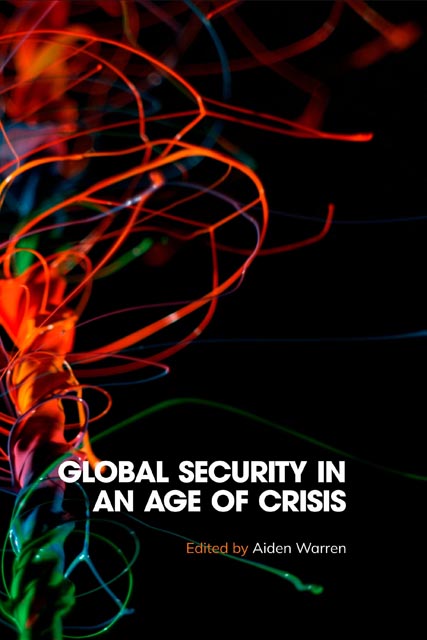9 - Pandemics and Health Security: Risks to Global Stability
Published online by Cambridge University Press: 14 July 2023
Summary
Introduction
COVID-19 showed the world what many in the public health sphere have been counseling for years: that pandemics coupled with weak health systems not only cost lives but pose some of the greatest risks to the contemporary global economy and security. The effects of health security successes and failures can influence foreign policy, society, and security. Pandemics are a truly global threat. Nations cannot shelter in place and avoid an infectious disease. Pandemics have underscored that treating health security as a niche issue for a small number of stakeholders will fail. It takes a global community to prepare and respond. Traditionally, national security has been viewed and defined broadly in a defense context; however, pandemics can disrupt security as destructively as, if not more so than, a traditional intentional enemy. There are clear, inextricable links between global security, pandemics, and health security, and we have in our arsenal existing health frameworks that we can leverage to plan and prepare against future threats. As this chapter will illustrate, health security cannot be treated as the sole responsibility of national ministries of health and international health organizations, nor can it be considered a secondary issue behind transnational threats that claim fewer lives annually. It must be approached from a multisectoral position and given proper attention and political and financial commitment. Pandemics will recur. The drivers of disease emergence are multifaceted and include environmental, geopolitical, and socioeconomic factors. Data gathered over the last century from a myriad of pandemics emphasizes the enduring risks of additional pandemics as well as the risks of our own behaviors. One need look no further than December 2019 for an example of what happens when only one sector is aware and preparing for a pandemic threat.
Global health security
Trends and drivers of disease emergence, including environmental, geopolitical, and socioeconomic factors, are disrupting the equilibrium of the microbial world. Novel disease threats are emerging at unprecedented rates, disrupting people's health and causing social and economic impacts. Climate change, extreme weather events, wildlife biodiversity, and pathogen and vector ecology are just a few of the key environmental drivers that place humans and animals in closer, more frequent contact, providing ample opportunities for animal pathogens to spill over and infect human hosts. This risk, ever-increasing due to human behaviors and land use changes, has resulted in a number of outbreaks, both localized epidemics and global pandemics.
- Type
- Chapter
- Information
- Global Security in an Age of Crisis , pp. 199 - 219Publisher: Edinburgh University PressPrint publication year: 2023

